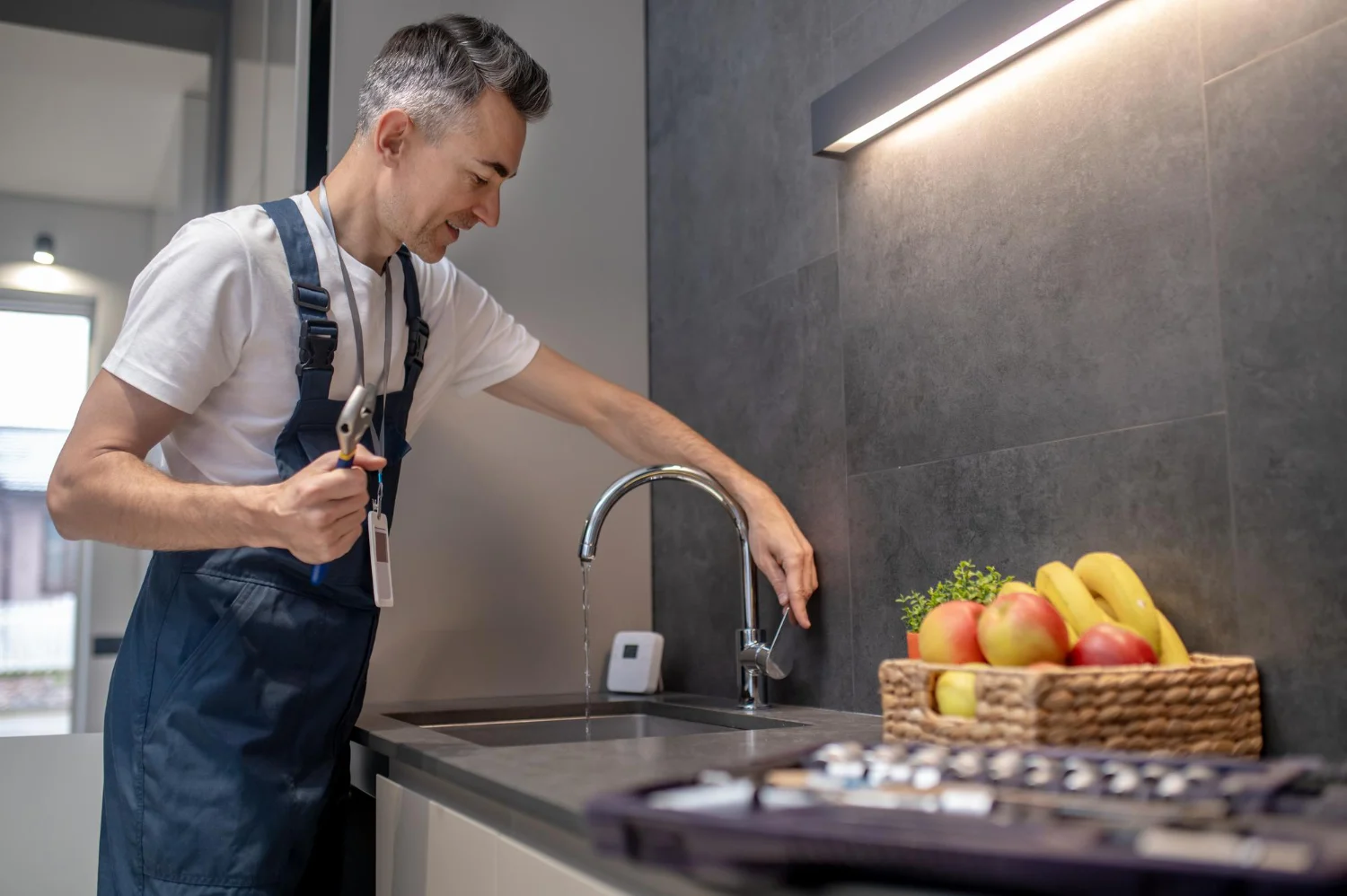A dripping tap may seem harmless at first, but over time it can waste thousands of litres of water, increase your utility bills, and damage fixtures. In a city like Melbourne, where sustainability and water efficiency are key priorities, addressing leaks promptly is essential.
Understanding what causes a leaking tap helps you prevent future plumbing issues and reduces the need for costly repairs. This article explores the most common causes of Leaking Tap Repair issues in Melbourne, their impact on your home, and practical ways to fix or avoid them.
1. The Anatomy of a Leaking Tap
Before diving into causes, it’s helpful to know how taps work. A standard tap includes a handle, washer or cartridge, spindle, and seat. When you turn the tap off, the washer or cartridge seals against the seat, stopping the water flow.
If any component wears out, loosens, or corrodes, even a small gap allows water to escape — leading to that familiar drip. Regular maintenance and timely Leaking Tap Repair help prevent minor wear from turning into major plumbing problems.
2. Worn-Out Washers and O-Rings
One of the most common causes of a leaking tap is a worn washer or O-ring. These small rubber components create a watertight seal when you close the tap. Over time, friction, mineral deposits, and water pressure cause them to degrade.
How it Happens:
-
Continuous twisting of the tap handle puts pressure on washers.
-
Hot water expands the rubber, shortening its lifespan.
-
Old or low-quality washers dry out and crack.
How to Fix:
Replacing washers is one of the simplest forms of Leaking Tap Repair. However, ensure the new washer fits properly, as an incorrect size can worsen the leak.
3. Damaged Valve Seats
The valve seat connects the tap to the spout. It’s where the washer or cartridge seals the water flow. In Melbourne homes with hard water, mineral buildup can corrode the valve seat, causing leaks near the base of the tap.
Common Signs:
-
Water pooling around the tap base.
-
Rust or mineral stains.
-
Persistent dripping even after washer replacement.
Solution:
Professional plumbers use specialised tools to resurface or replace the valve seat. Regular cleaning and descaling also reduce corrosion risks.
4. Loose or Worn Tap Components
Daily use naturally causes taps to loosen over time. The packing nut, handle, or spindle may lose their tightness, leading to water seepage.
Indications of Loose Components:
-
Tap wobbles when turned on or off.
-
Small leaks around the handle.
-
Grinding or squeaking sounds.
Fixing the Issue:
Tightening the components or replacing worn parts often resolves the problem. However, excessive tightening can damage threads — another reason why calling a Leaking Tap Repair specialist is often the safer option.
5. High Water Pressure
Melbourne’s water supply pressure can vary depending on location and infrastructure. Excessive pressure puts strain on washers, cartridges, and pipe joints, increasing the likelihood of leaks.
Warning Signs:
-
Taps that leak intermittently.
-
Noisy or banging pipes.
-
Water splashing forcefully from outlets.
Solution:
Installing a pressure-reducing valve (PRV) can stabilise your home’s water pressure. A plumber can measure pressure levels and ensure they fall within the recommended range (typically 350–500 kPa in residential homes).
6. Mineral Deposits and Hard Water Build-Up
Although Melbourne’s water is relatively soft compared to other regions, certain areas still experience mineral buildup from calcium and magnesium. These deposits accumulate inside taps, stiffening mechanisms and preventing proper sealing.
How to Identify:
-
White, chalky residue around taps.
-
Reduced water flow.
-
Stiff handles or irregular water output.
Prevention Tip:
Use a mild vinegar solution to clean taps monthly. Regular cleaning helps prolong tap lifespan and reduces the need for frequent Leaking Tap Repair.
7. Poor Quality Fixtures and Fittings
Not all tapware is created equal. Cheap or low-quality fittings often use inferior seals and materials that degrade quickly, leading to recurring leaks.
How to Prevent This:
Invest in Australian Standards-certified tapware and have it installed by a licensed plumber. It may cost more upfront but saves money and water in the long term.
For reference, you can check certified plumbing product standards at the Australian Building Codes Board (ABCB):
👉 https://www.abcb.gov.au
8. Incorrect Tap Installation
Even brand-new taps can leak if installed incorrectly. Common installation mistakes include misaligned washers, cross-threaded spindles, or over-tightened parts that damage seals.
Professional plumbers in Melbourne ensure that installation follows local plumbing codes, ensuring long-term reliability and reducing the likelihood of Leaking Tap Repair needs.
9. Worn Cartridges in Mixer Taps
Modern homes in Melbourne often use mixer taps, which combine hot and cold water in a single unit. Instead of washers, they use ceramic cartridges that control water flow.
Problem:
When these cartridges wear down or collect debris, they fail to close properly — causing leaks or uneven water flow.
Solution:
Cartridge replacement is a quick and straightforward fix, but using the correct model for your tap brand is crucial. Professional plumbers can easily identify compatible replacements.
10. Environmental and External Factors
Melbourne’s weather plays a role in plumbing health. Seasonal temperature changes, humidity, and water quality fluctuations can all affect tap components.
For instance:
-
Cold weather can shrink rubber washers, causing temporary leaks.
-
Long dry spells can increase sediment levels in the water supply, affecting tap mechanisms.
Staying aware of these environmental influences helps homeowners anticipate seasonal Leaking Tap Repair needs.
11. The Cost of Ignoring a Leaking Tap
Many homeowners underestimate the long-term impact of a small drip. However, even a slow leak can waste over 20,000 litres of water per year — enough to fill an entire backyard pool.
Beyond water wastage, leaking taps can:
-
Increase utility bills.
-
Cause stains or rust on sinks and basins.
-
Lead to mould growth in damp areas.
-
Damage cabinetry and benchtops.
Prompt Leaking Tap Repair ensures efficiency, hygiene, and peace of mind.
12. Preventive Maintenance Tips for Melbourne Homes
Keeping your plumbing in top shape doesn’t have to be complicated. Here are some quick maintenance tips to reduce the frequency of leaks:
-
Turn taps off gently — avoid overtightening.
-
Inspect washers and O-rings every 12 months.
-
Schedule annual plumbing inspections.
-
Wipe and dry taps after use to prevent corrosion.
-
Install water filters to minimise sediment build-up.
-
Replace old tapware after 10–15 years of service.
Small habits go a long way in reducing future Leaking Tap Repair costs.
Final Thoughts
Taps are one of the most used fixtures in any Melbourne household, and even small leaks can have big consequences if ignored. By understanding the common causes of Leaking Tap Repair issues, you can take proactive steps to prevent waste, damage, and costly plumbing bills.
Whether it’s a worn washer, corroded valve seat, or faulty cartridge, addressing problems early keeps your plumbing system efficient and eco-friendly — perfectly in line with Melbourne’s water-conscious lifestyle.
FAQs
-
How do I know if my tap needs professional repair?
If your tap keeps dripping after washer replacement or leaks around the handle, it’s time to call a licensed plumber.
-
Can I repair a leaking tap myself?
Minor washer replacements are DIY-friendly, but persistent leaks or corroded fittings require professional Leaking Tap Repair to ensure lasting results.
-
What tools are needed to fix a leaking tap?
You’ll need an adjustable wrench, replacement washer or cartridge, screwdriver, and plumber’s tape. Always turn off the water supply first.



